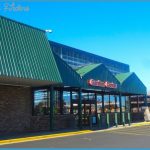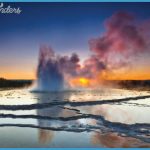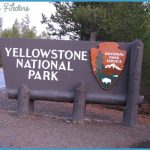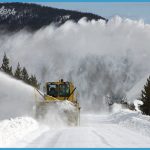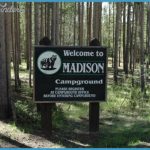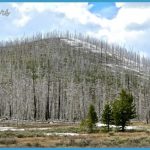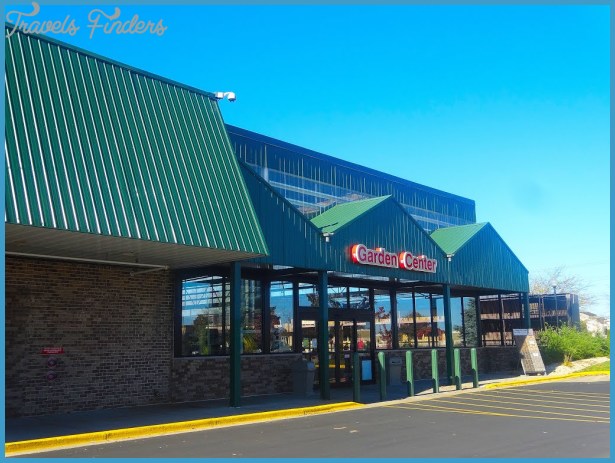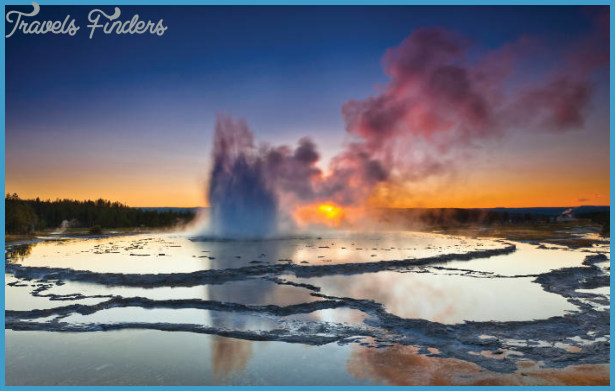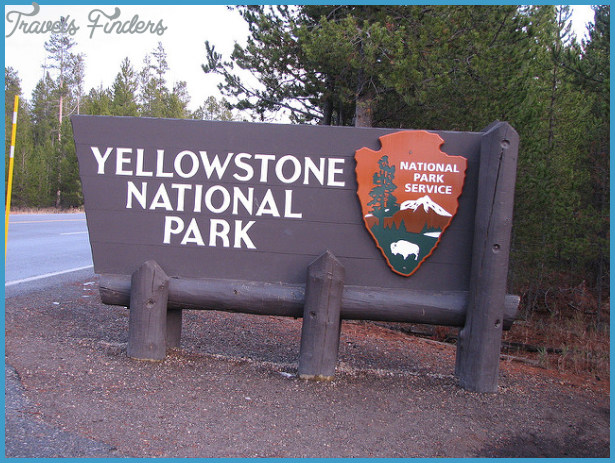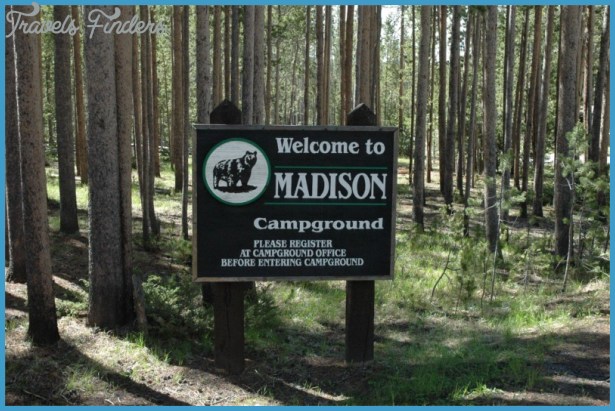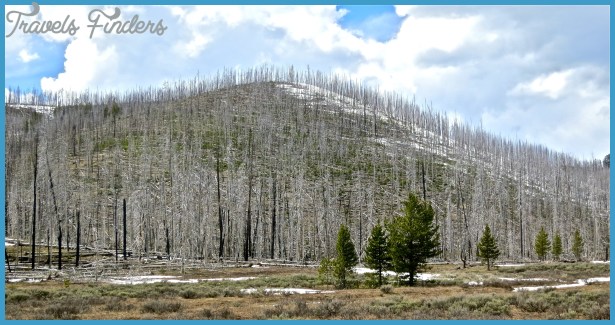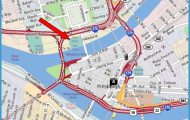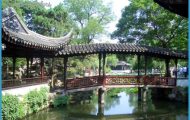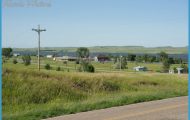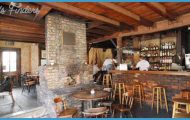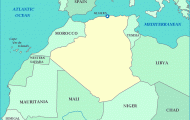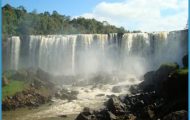From the West Entrance to Madison Junction
The West Entrance is the most popular way to enter Yellowstone, welcoming over 3000 visitors each day in the summer months. In fact, it’s second only to Grand Canyon National Park’s South Rim as a busy national park entrance.
From West Yellowstone, this entrance road passes through stands of lodge-pole pine, much of it burned in the 1988 North Fork fire, the largest of that year’s devastating fires.The Madison River is tepid all winter from geothermal runoff, which prevents ice from forming and provides habitat for the rare and beautiful trumpeter swan, making this entrance road one of the most likely places to see swans, especially in winter. There’s also a strong possibility of seeing elk or bison.
The route you follow by taking this entrance road approximates that used by early-day trappers, Native Americans, and some would-be gold miners. No gold in minable quantities was ever discovered within what is now the park. Stagecoach lines used this route to bring visitors into the new national park from 1880 until 1917, when buses and cars replaced them completely.
It’s about 14 miles (22 km) from the West Entrance to Madison Junction and the Grand Loop Road.
Road Log
NOTE: There are several very short side roads along this entrance road. The mileage for such roads is given at approximately the midpoint between the two ways to enter the loop.
2.2/11.7 Montana/Wyoming state line. A small portion of the park is in Montana and even less in Idaho. This is because the original Yellowstone boundaries were set in relation to their distance from natural landmarks, before the states’ boundaries had been established. As one example, in 1872 Congress set the western boundary of the park to run fifteen miles west of the most western point of Madison Lake (present-day Shoshone Lake).
3.0/10.9 © Unmarked side road to the north leads to the western end of an accessible boardwalk, the Two Ribbons because a very old forest fire burn had been overgrown by a new forest of uniform lodgepoles.
Nature Trail, with an interpretive display about the fire phenomena encountered along the trail. This is a three-quarter mile (1.2 km) loop walk that splits in two, with one branch near the river, the other slightly away from it.
Between here and the east end of the Two Ribbons Trail is a stand of lodgepole pines that burned in the 1988 North Fork fire. Walking among such dead standing trees, or snags, can be unsafe. They don’t have deep roots and can easily topple over. Park policy states that the trees should be left where they fall, except when they’re obstructing roads or trails.

